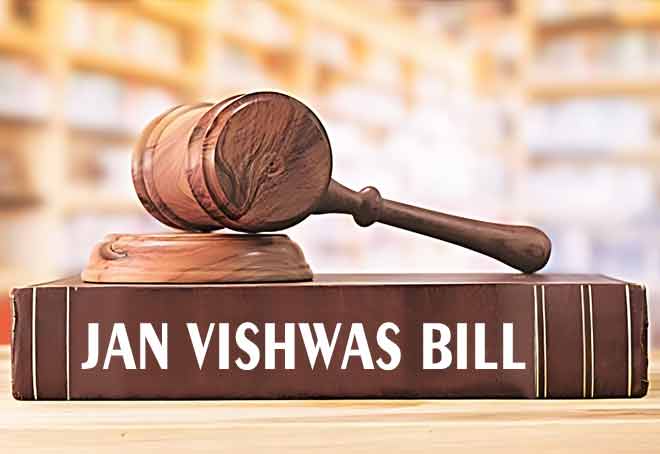Font size:
Print
India’s Steel Trade Deficit Surges
Context:
- India’s steel trade deficit increased to ₹6,704 crore in the first quarter of fiscal year 2024-25 (Q1 FY25), due to substantial rise in imports and decline in exports.
- This marks a shift from the previous year, where India reported a surplus of ₹3,698 crore in Q1 FY24.
More on News:
- Finished steel imports were valued at ₹17,341 crore ($2,079 million) whereas finished steel exports were valued at ₹10,636 crore ($1,275 million).
- This reflects a widening gap compared to a deficit of ₹4,282 crore at the end of May 2024, indicating a nearly 60% increase in just one month.

Decline in Export Volumes and Rising Imports:
During Q1 FY25, India experienced a 38% year-on-year decline in finished steel export volumes, totaling 1.3 million tonnes (mt).
- Exports to Italy decreased by 46% to 0.269 mt.
- Exports to Spain fell by 56% to 0.08 mt.
- Shipments to Belgium saw a 6% decline to 0.158 mt.
- Additionally, exports to the UAE dropped by 49% to 0.08 mt.
The surge in imports was particularly pronounced from:
- China: Imports increased by 40% in volume to 0.572 mt, making it the largest supplier, with import values reaching approx. $677 million.
- Japan: Saw a 170% rise in imports to 0.5 mt, valued at $435 million.
- Nepal: Emerged as a notable supplier with a 69% increase, albeit from a low base, totaling 30,000 tonnes valued at $27 million.
Market Dynamics: The Steel Ministry’s report attributes the pressure on steel prices to several factors, including:
- Weak downstream demand in India due to seasonal factors.
- Rising inventories and weak demand in China.
- Overall sluggish market sentiments, particularly in the USA and EU.
In FY24, India started off as a net exporter in Q1. However, in Q2 and Q3, it became a net importer, as per economic survey 2023-24.
- This was driven by price differentials between international and domestic prices of finished steel.
- Low prices in the international market reduced profit margins for exports and made imports affordable, affecting trade balance in steel.
- However, import dependence on coking coal (essential raw material for steel production) rose from 56.1 MT in FY23 to 58.1 MT in FY24.
|
Steel Industry in India:
|
Some of the Government initiatives in the sector are as follows:
- PLI scheme for speciality steel: To expand capacity by 25 MT, reaching 42 MT in FY27, up from 18 MT in FY21. Attracted investment of ₹15,519 Crore till May 24, Economic survey 2023-24
- Mission Purvodaya: To accelerate the development of eastern states of India through the establishment of an integrated steel hub in Kolkata, West Bengal.
- The Ministry of Steel, India, signed a Memorandum of Cooperation (MoC) with Japan’s Ministry of Economy, Trade and Industry to enhance the steel sector through joint activities under the India–Japan Steel Dialogue.
- The National Steel Policy (NSP) 2017: Targeting 300 MT of steel-making capacity and 160 kg per capita consumption by 2030-31.
- The Government increased import duties on most steel items twice by 2.5% each and imposed anti-dumping and safeguard duties on steel products.
- To boost the steel sector and achieve a self-reliant India, the Government established the Nagarnar Steel Plant in Bastar district in 2023.
Conclusion:
- This situation highlights the competitive pressures faced by Indian steel manufacturers, particularly from Chinese steel products, which are often offered at lower prices in key export markets.
- The shift from a net exporter to a net importer of steel reflects broader trends in domestic demand and international competition.
- This necessitates strategic adjustments within India’s steel industry to enhance export competitiveness while managing import levels.


